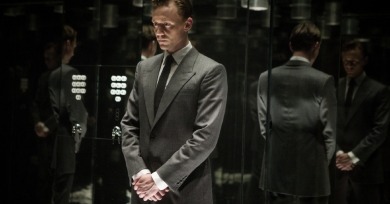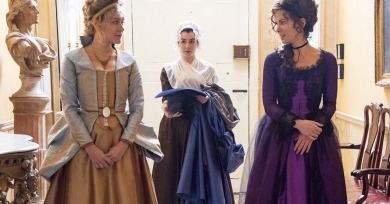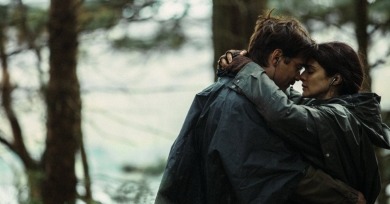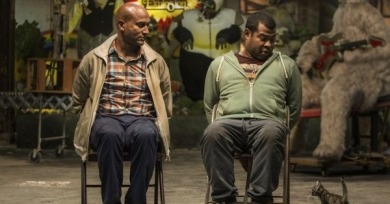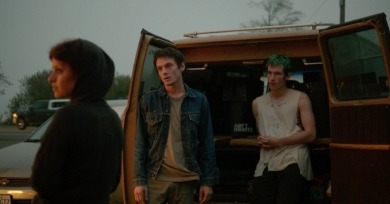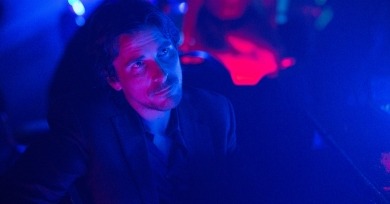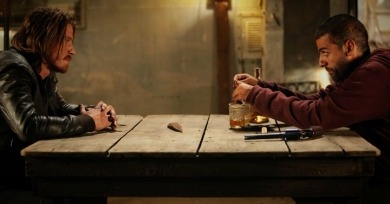Nick Pinkerton
The premise serves as a malleable metaphor: the white coopting of black cool, cited as one of the reasons for the selection of exclusively black targets; the ongoing use of unwilling black bodies to perform white labor from plantation to penitentiary; and the pressures of conformity borne by the blacks living among white affluence.
The unusual, unsparing, and sometimes leering candor of Helmut Berger, Actor is made possible by the fact that the film’s subject seems to be totally absent any self-censoring mechanism. His substance intake may have some part in this.
The distance between what Affleck imagines his screen presence to be and what it in fact is constitutes a yawning gorge in Live by Night, and free-falling through this vast, cavernous space you can find a few fleeting moments of giddy pleasure before the final thud.
I suspect Chazelle will be a name to watch for some time to come, and his third feature suggests that he has some definite ideas about popular moviemaking. Would I maybe loathe it a little less if it were not so unimpeachably competent?
It is a laborious ordeal of unceasing histrionic assault and gymnastic hysterics, in its way a feminine counterpart to the monotonous masculine trudge of The Revenant, though Jackie has the decency at least to be brief.
One Hundred and One Nights, all soft edges and winsomeness, is a nice little movie, maddeningly so. The cinema has written enough love letters to itself; it could use more anonymous threats, bricks through its window, and flaming turds on its porch.
American Honey is one of those movies where you can take any demerit and explain it away as an attempt to exemplify something of its subject. Maybe its malnourished heft reflects our obesity epidemic?
A thousand different films could have resulted from this tale, and most of them would have been stirring schmaltz at best, but the property fell into the hands of Clint Eastwood, at age 86 one of the most fundamentally sound and unaffectedly idiosyncratic directors making multiplex movies today.
Happy Hour has a rambly, digressive quality that belies the precision of its construction. After an opening that establishes its core ensemble cast of four 37-year-old female friends, the movie is pulled hither and thither by each of their individual stories, intersecting again only to break off into different routes.
As shot by Storaro, lush, verdant Southern California and the sparkling Pacific have never looked quite so Mediterranean, if not Elysian, the figures rimmed in an amber daylight, the coloration of the deep-focus photography given the pop of stained-glass or hand-painted movie posters.
Refn is a prim provocateur next to the likes of Anger and Harrington, who worked from an experience of genuine sexual outlawry. As for Kubrick, well, along with the Aronofsky film Black Swan, The Neon Demon may be said to belong to the burgeoning subgenre of Kubrickian kitsch.
Ben Wheatley’s filmbowdlerizes a queasily mesmerizing piece of fiction into dystopian nostalgia; apparently even the apocalypses were sexier in the 1970s.
The fleet-footed, amiably wicked Love & Friendship taps into the brisk comedies of Lubitsch, LaCava, McCarey, and Leisen, produced during an age when the best sophisticated drawing room comedy came from barbaric Hollywood.
Synopsized, The Lobster might sound like high-concept science-fiction: a bit of Logan’s Run, a touch of Fahrenheit 451. And after a fashion it is, though there are no jumpsuits, moon boots, retinal scans, plasma cannons, or any other such trappings.
This low comedy, then, touches on a few highfalutin ideas: masculinity as performance for one, racial identity as a social construction for another. To one degree or another these things have been a part of Key and Peele’s comedy since their MADtv days.
Incident and emotion play less of a role in determining the frame than pictorial grandstanding, and all of the shallow depth-of-field and moody haze feels like the work of a DP padding his reel.
A big influence on me was Edward Hopper, because I look at his paintings and you have two or three objects in a room, but they combine to create a mood and a whole story. Suddenly a lamp become important, or a poster or a piano, and you choose more carefully.
I will never understand those hostile responses to Malick, which seem determined to hold the line so that American narrative cinema will not be overrun by avant-garde abstraction, as though there was a flotilla of directors making experimental films on this scale instead of literally just one guy.
There is no narration, no translation, and no explanation for the dense thicket of ritual gestures that we are peering into, each of which, one can intuit, has behind it an entire system of symbolic meanings.
It is as niche a production as you will see, bound to attract a handful of true believers and a good bit of eye-rolling opprobrium, in part because it is directly concerned with hetero white male angst, which is not precisely the flavor of the month.
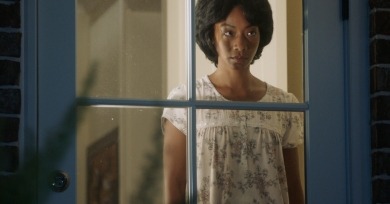
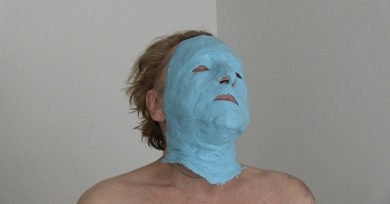
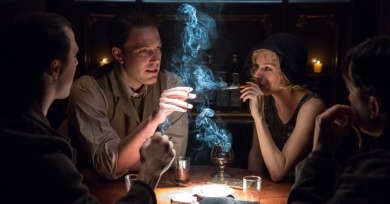
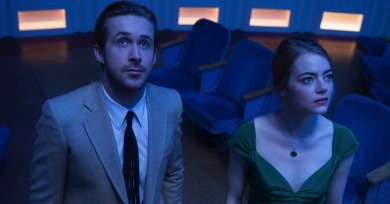
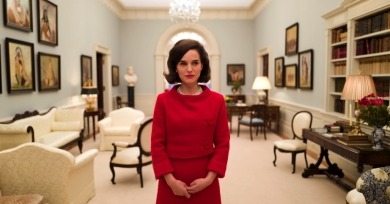
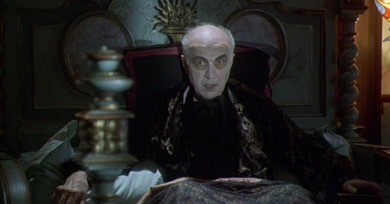



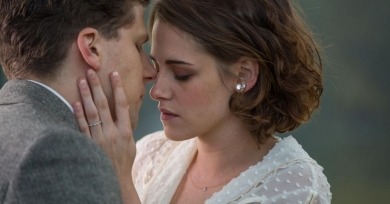
-390x204.jpg)
